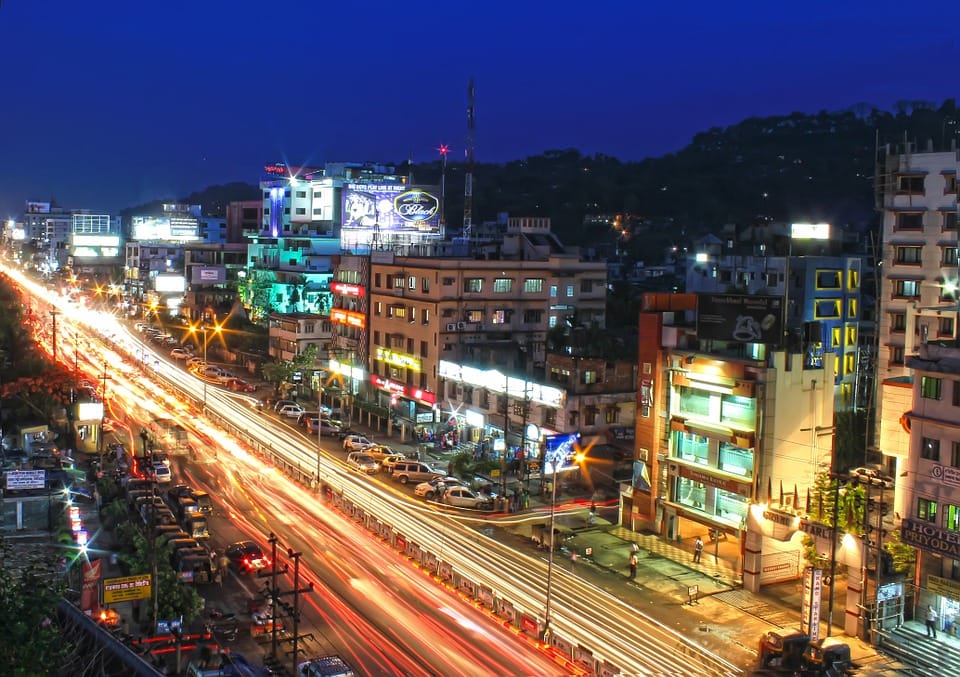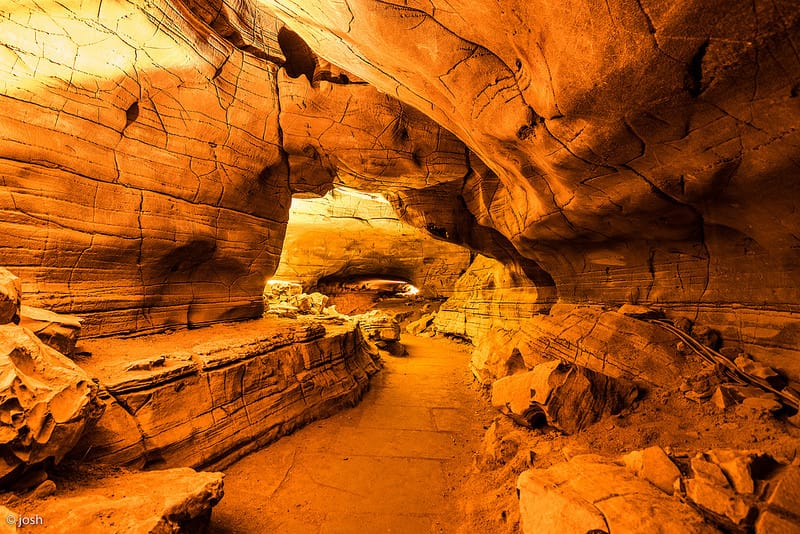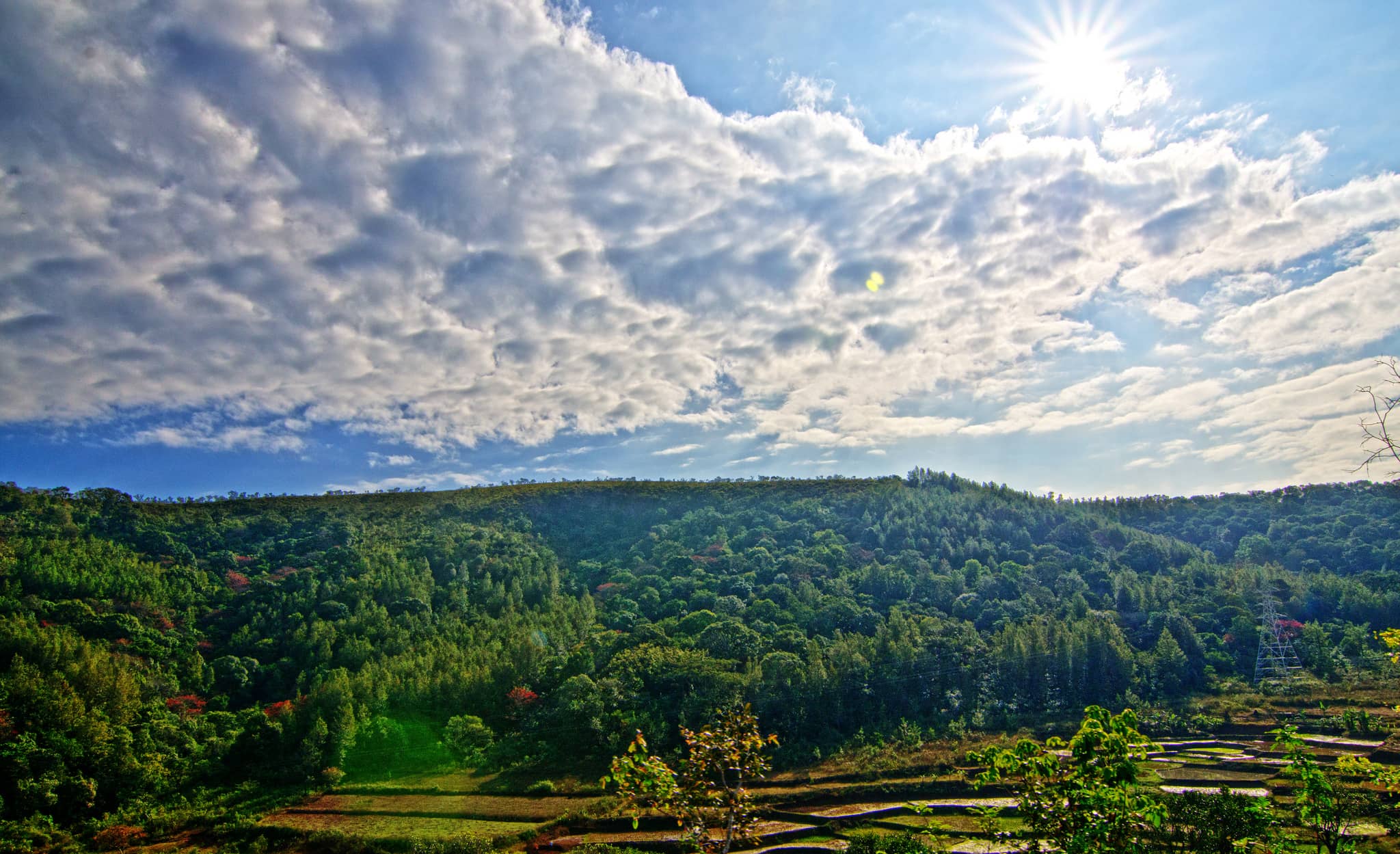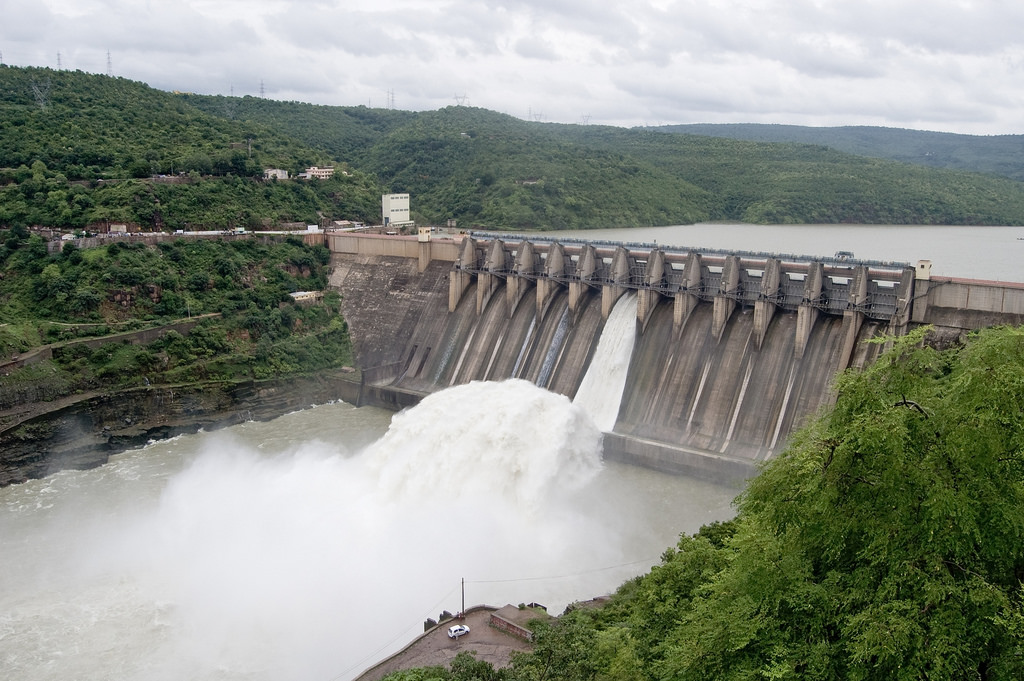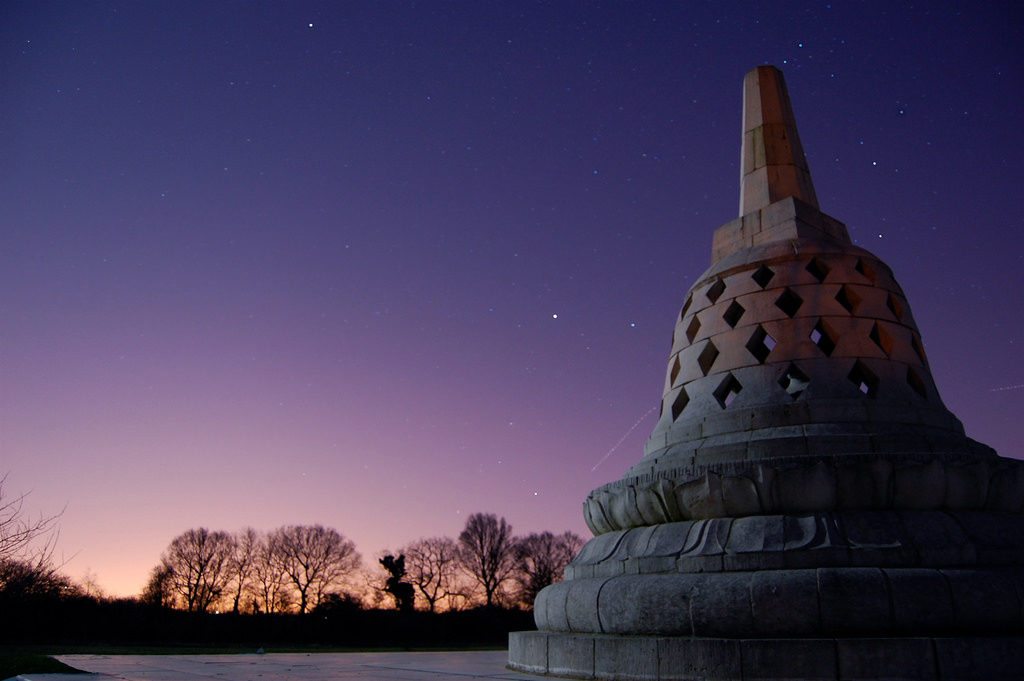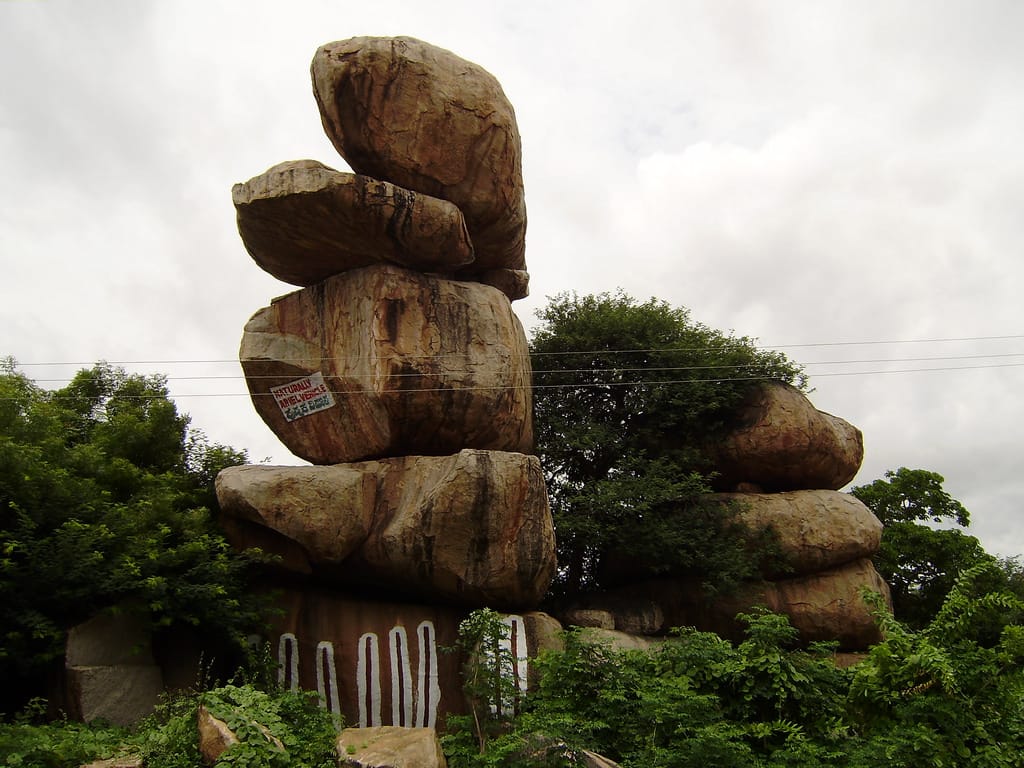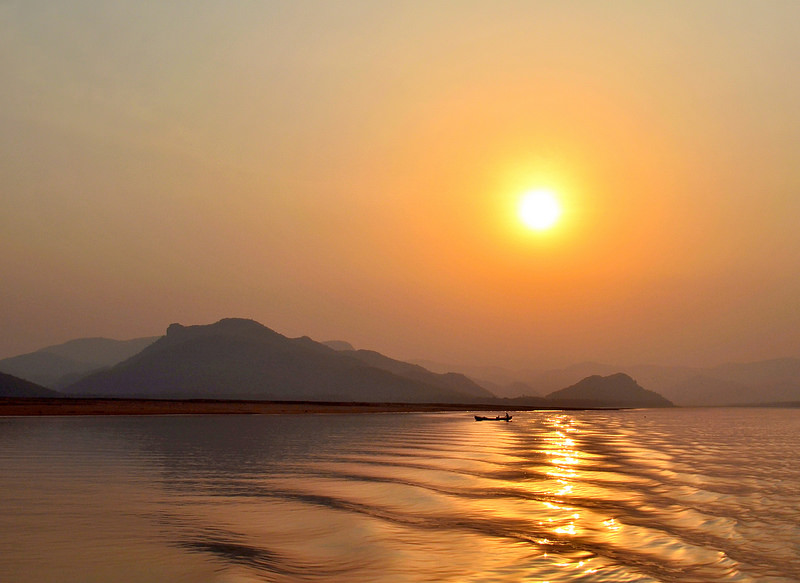Guwahati is a vibrant city located on the banks of the Brahmaputra River in the northeastern state of Assam, India. It is known as the gateway to Northeast India and is rich in cultural heritage and natural beauty. The city is famous for its spiritual significance, especially the Kamakhya Temple, which sits atop the Nilachal Hill. This temple is dedicated to the Hindu goddess Kamakhya, and it attracts thousands of pilgrims each year. Apart from Kamakhya, Guwahati is home to several other important religious sites, such as the Umananda Temple on Peacock Island and Brahmaputra River ghats. The city is also known for its lively markets, tea gardens, and the scenic views of the river and hills.
places to visit in Guwahati
Kamakhya Temple
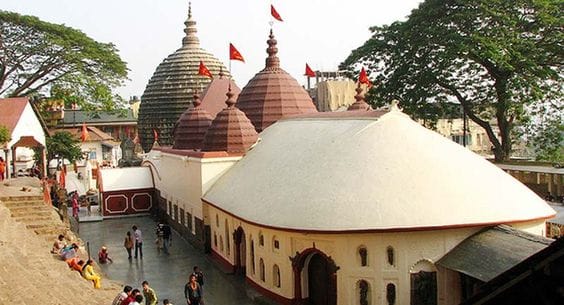
Kamakhya Temple, also known as Kamrup Kamakhya, is one of the oldest and most revered Shakti Peethas in India. Located on Nilachal Hill, it is dedicated to the mother goddess Kamakhya and attracts thousands of pilgrims annually, especially during the Ambubachi Mela.
Srimanta Sankaradev Kalakshetra
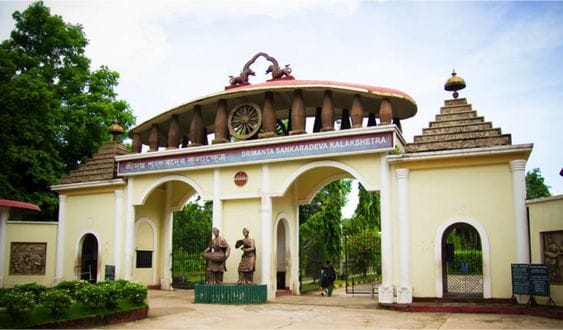
Srimanta Sankaradev Kalakshetra is a prominent cultural institution in Panbari, Guwahati, dedicated to the life and works of the medieval Assamese saint and reformer, Srimanta Sankardev. It celebrates the culture, art, and heritage of Assam and is an important center for traditional performances like Bihu and Bhakti movement art forms.
Assam State Zoo cum Botanical Garden
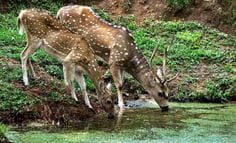
Spanning across 432 acres, the Assam State Zoo cum Botanical Garden is the largest zoo in Northeast India, located within the Hengrabari Reserved Forest in Guwahati. It houses a wide variety of flora and fauna, including tigers, elephants, and varieties of birds, making it an ideal destination for nature lovers.
Umananda Temple
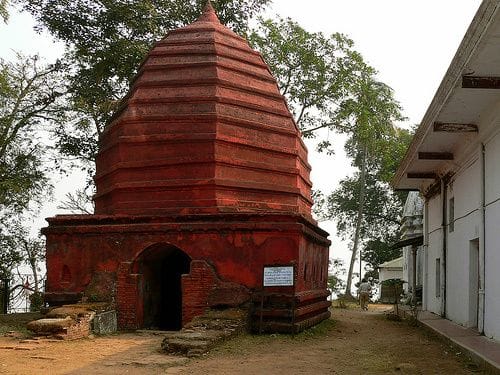
The Umananda Temple, dedicated to Lord Shiva, is situated on Peacock Island in the middle of the Brahmaputra River. Accessible by boat, it offers a serene and picturesque setting, with views of the river and surrounding hills, and is an important pilgrimage spot in the region.
Assam State Museum
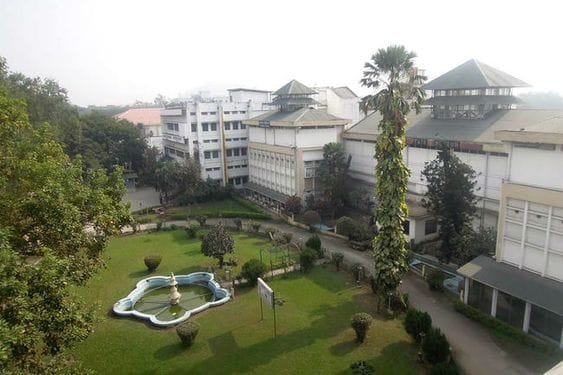
Located in the heart of Guwahati, the Assam State Museum showcases an extensive collection of Assamese culture, including ancient sculptures, manuscripts, textiles, and periodicals. It offers insight into the rich history and heritage of Assam and the Northeast region.
Madan Kamdev
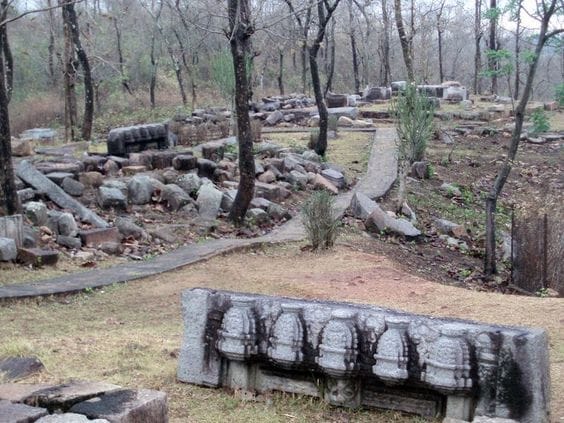
Madan Kamdev, often referred to as the Khajuraho of Assam, is an archaeological site located 30 km from Guwahati. The site features ancient temple ruins and intricate sculptures, reflecting the artistic excellence of the region during the medieval period.
Nehru Park
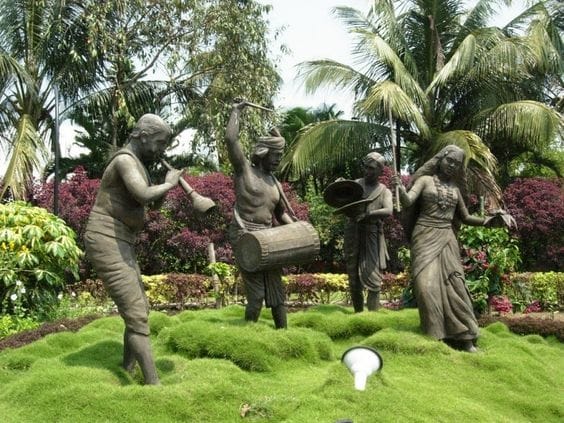
Nehru Park in Guwahati is a landscaped, serene park with beautifully maintained gardens, sculptures, and play areas for children. It’s an ideal spot for relaxation and outdoor activities, offering a peaceful escape from the city’s hustle.
Brahmaputra River Side
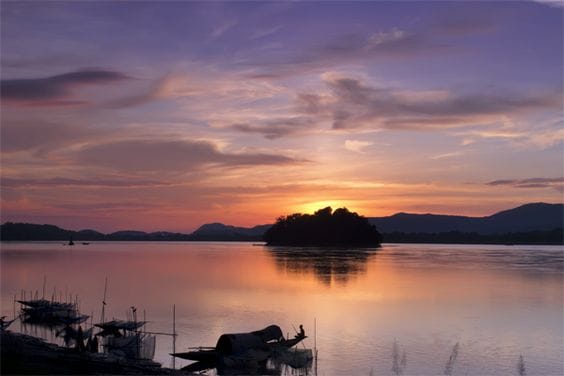
The Brahmaputra River Side offers breathtaking views of the river, especially during sunrise and sunset. The boats that traverse between Guwahati and North Guwahati enhance the charm of this majestic waterway, making it an iconic spot for travelers.
Pobitora Wildlife Sanctuary

Located in the Morigaon district, Pobitora Wildlife Sanctuary is home to a significant population of the Great Indian one-horned rhinoceros. With its rich biodiversity, the sanctuary is a great place for wildlife enthusiasts and offers a chance to see rhinos in their natural habitat.
Sualkuchi

Sualkuchi, situated on the north bank of the Brahmaputra River, is renowned for its traditional silk weaving. Known as the Manchester of the East during British rule, the town remains a hub for Assam silk, especially the famous Muga silk, which is unique to the region.
Best time to visit Guwahati
The best time to visit Guwahati is from November to February, when the weather is mild and dry. The temperatures can be quite hot from April to October, and from June to September, the city experiences heavy rainfall due to the monsoon season. During the Ambubachi Mela, which celebrates the annual menstruation of the goddess Devi Kamakhya, thousands of Hindu devotees gather at the Kamakhya Temple.
